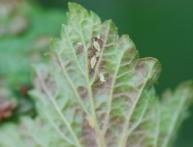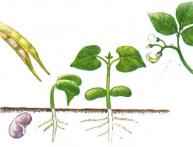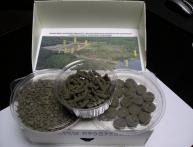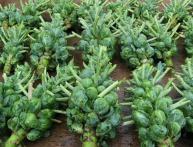Much depends on where the asparagus grows
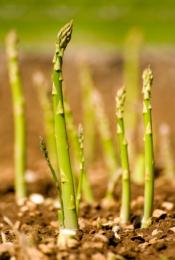
Asparagus is both an ornamental crop and an edible one. It will decorate a garden plot or a bouquet and is a very tasty product, and also an early ripening one.
Asparagus is translated from Greek as shoot. The answer to the question of where asparagus grows is simple. These are Russia and Western Europe. Wild asparagus grows along the banks of rivers and lakes. When young, the taste is very similar to green peas. Therefore, it is considered a delicacy.
In Russia, asparagus began to be grown as a crop at the beginning of the 18th century. It is a perennial medicinal plant.
Asparagus has a developed root system, on which there are many buds. Three-year-old plants have white and thick buds, from which edible shoots subsequently grow. The apex of the shoot is the head, which has a delicate consistency and is very rich in proteins.
The shoots must be covered with soil, then they will be tender. The shoots grow very well and are soon covered with scales, from which needle-shaped shoots called claddows then grow. Claddooes are initially tightly pressed to the stem, but over time they grow and give the plant an elegant, lush head.
Asparagus blooms in July. In August it bears small red berries.
Asparagus is very rich in microelements and has many health benefits.. It contains carbohydrates, mineral salts, ascorbic acid, vitamins A, B1, B2 and PP. Eating it normalizes metabolism, improves appetite and tones the body. It is used in medicine and homeopathy.
Asparagus is divided into decorative, dietary and medicinal.
A lot depends on the place, where does asparagus grow. By choosing the right place, you will get a good harvest. This is a perennial plant; it is planted in one place for 15 years on the south and windless side. Sandy loamy, non-acidic soils rich in humus promote good growth. A location away from a greenhouse or even a landfill would be perfect. In the second case, the earth will be rich in humus.

